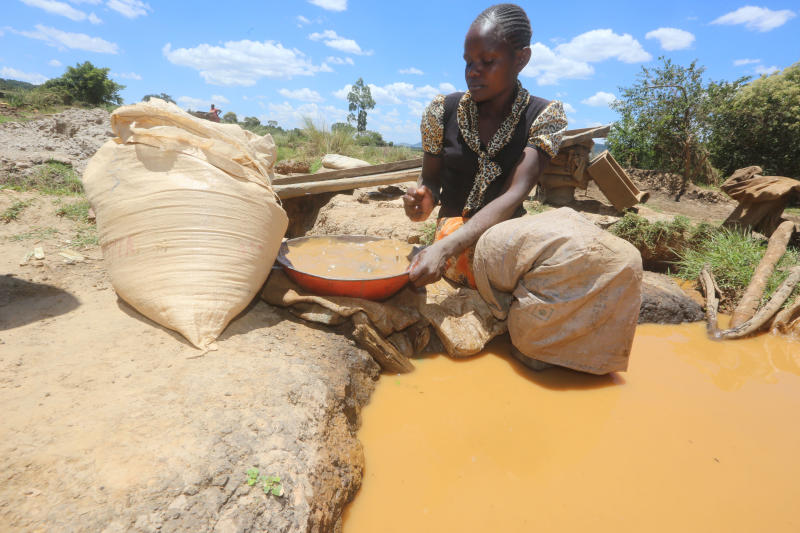×
The Standard e-Paper
Fearless, Trusted News

Driven by poverty, the gold miners of Lolgorian in Trans Mara Sub-county stop at nothing to dig out a few flecks of the precious metal.
They risk their lives and those of their children in pursuit of riches, which geologists say are in abundance in the tiny far-flung trading centre that neighbours Tanzania.